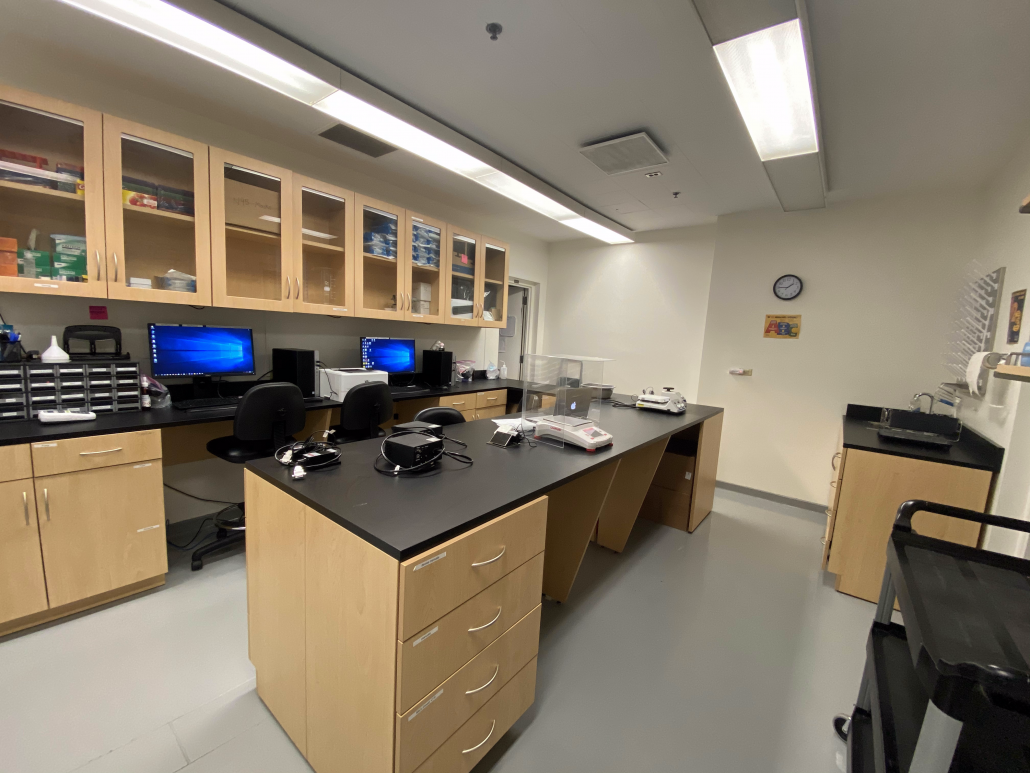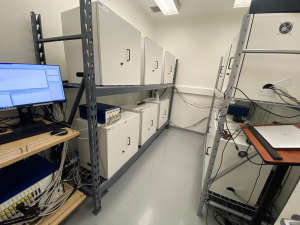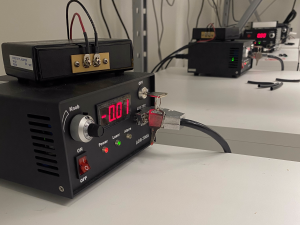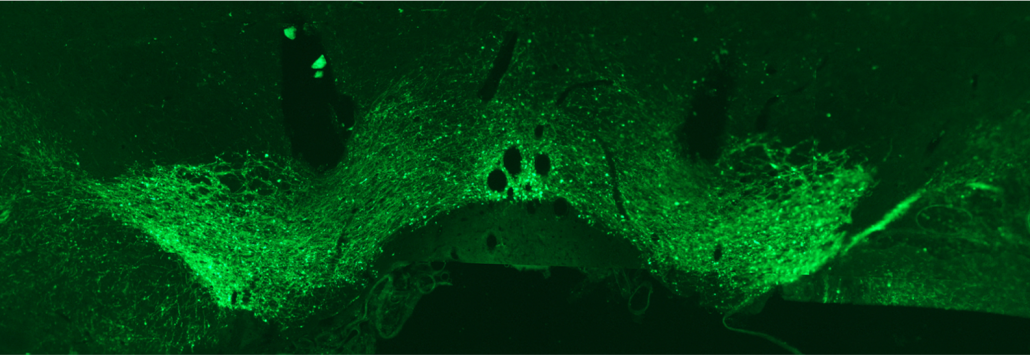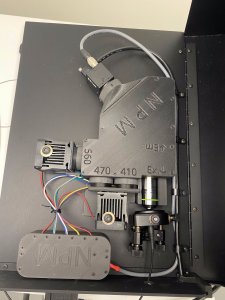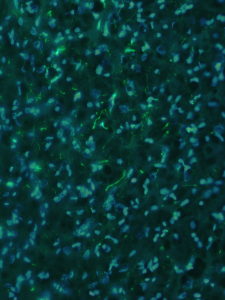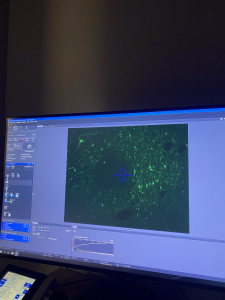We primarily use complex behavioral tasks designed within Med Associates systems. We combine these sophisticated behavioral designs afforded by these systems with a modern suite of neuroscience tools including: 1) in-vivo imaging of neuronal activity using fiber photometry of genetically-encoded calcium and dopamine sensors, 2) manipulation of specific neuronal populations using optogenetics and chemogenetics in transgenic rodent strains, and 3) a variety of techniques to facilitate circuit tracing through light and fluorescence microscopy, and immunohistochemistry. This affords recording and manipulation of neural circuits during behavioral tasks with a temporal precision that allows us to ask very specific questions about how the brain learns.

